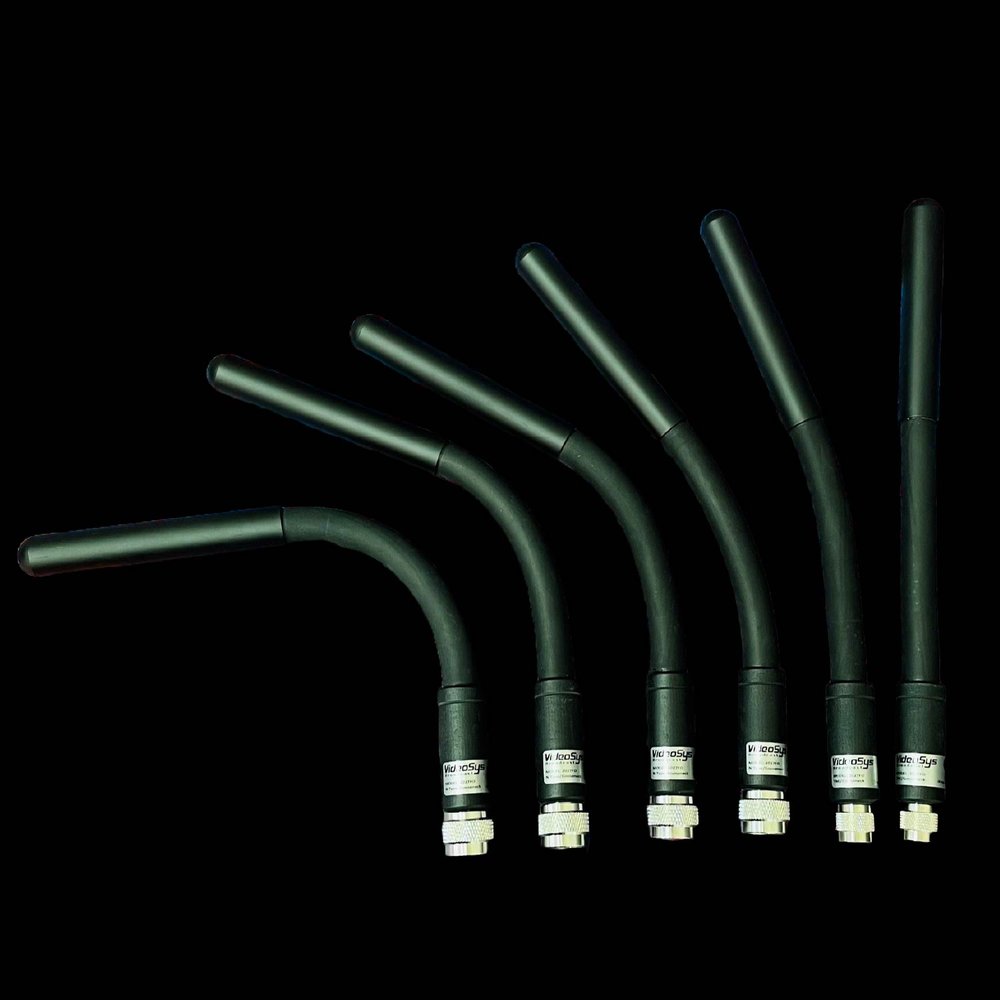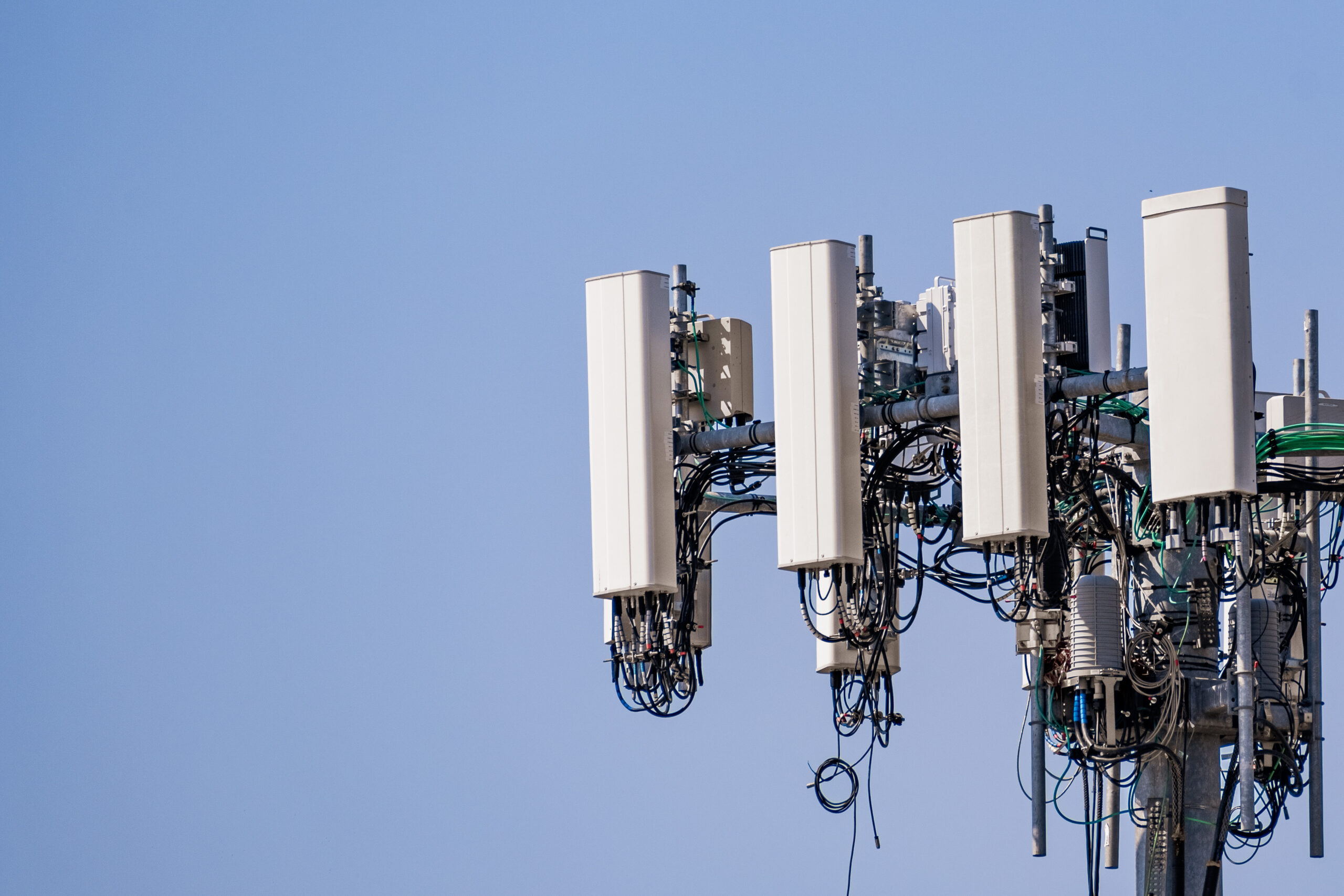What is Antenna Gain?
In the realm of wireless communication, where signals traverse vast distances to connect devices and users, antenna gain stands as a crucial factor determining the effectiveness and reliability of these connections. While the term “gain” might sound complex and intimidating, understanding its significance can illuminate the path towards optimizing wireless networks and enhancing connectivity. So, let’s delve into what is antenna gain and demystify its role in wireless communication, starting with antenna basics.
In simplest terms, antenna gain is a measure of how well an antenna can focus transmitted or received electromagnetic energy in a particular direction compared to an ideal isotropic radiator, which radiates energy equally in all directions. It’s essential to note that antenna gain doesn’t actually amplify the power of the signal; instead, it concentrates the energy in specific directions, effectively increasing the signal strength in those directions while reducing it in others.
Understanding dB and dBi

So what is Antenna gain? well it is typically expressed in decibels (dB) relative to an isotropic radiator, referred to as dBi (decibels isotropic). A positive gain value in dBi indicates that the antenna is more effective than an isotropic radiator in concentrating energy in a particular direction. Conversely, a negative gain value suggests that the antenna is less effective in a specific direction compared to an isotropic radiator.
What is Antenna Gain in Wireless Communication
- Enhancing Signal Strength: In wireless communication systems, particularly those operating over long distances or in challenging environments, achieving adequate signal strength is paramount. Antennas with higher gain can transmit signals over longer distances or penetrate obstacles more effectively, thereby improving signal strength and reliability.
- Extending Coverage Range: By focusing energy in specific directions, antennas with higher gain can extend the coverage range of wireless networks, reaching users situated farther away from the transmitter. This is particularly valuable in applications such as rural broadband access, where extending coverage to remote areas is essential.
- Mitigating Interference: Antennas with directional gain patterns can help in mitigating interference from other nearby sources operating on the same frequency. By concentrating energy in specific directions and minimizing energy in other directions, directional antennas reduce the likelihood of signal interference, leading to cleaner and more reliable communication links.
- Improving System Capacity: In scenarios where multiple users or devices share the same wireless spectrum, such as in crowded urban environments or at large events, antennas with higher gain can help in increasing system capacity. By allowing more efficient use of the available spectrum, higher gain antennas enable more users to connect simultaneously without sacrificing performance.
Practical Considerations
When selecting antennas based on gain, it’s essential to consider the trade-offs involved. While antennas with higher gain offer advantages in terms of increased range and improved signal strength, they also tend to have narrower beamwidths, meaning they cover a smaller area. This can necessitate careful planning and positioning of antennas to ensure optimal coverage and performance.
Additionally, it’s crucial to bear in mind that antenna gain is just one of many factors to consider when designing wireless communication systems. Other factors such as frequency range, polarization, radiation pattern, and impedance matching also play significant roles and must be taken into account to achieve optimal performance.
Conclusion
Antenna gain is a fundamental concept in wireless communication, influencing the reach, reliability, and efficiency of communication links. By understanding the role of antenna gain and its implications for system performance, engineers, network operators, and system integrators can make informed decisions when selecting antennas and designing wireless networks. Ultimately, demystifying antenna gain empowers stakeholders to unlock the full potential of wireless communication, connecting people, devices, and communities with greater efficiency and reliability.








